What's in a Traffic Light?
As the Alton Tucker Boulevard extension project wraps up and a new traffic light is installed at Highway 20, let's go over how and why it's there.
The Alton Tucker Boulevard extension project in downtown Sugar Hill is just about complete. As final paving has been completed, the final piece - the traffic light at Highway 20, is being installed this week. Let’s take a look at how a traffic light comes to be and why one is being installed at this location.
As is usual with Strong Communities, let’s go back to the beginning.

This is downtown Sugar Hill circa 1938 - a year before the city would be chartered. This probably goes back a bit too far. However, interesting to see none the less. Not much here - some terrace farming. Not much in the way of trees… Although, if you’re an eagle eye, you can just make out the much younger version of the champion oak tree just to the west of West Broad Street and Whitehead Road.
Let’s jump ahead to a document we reference often - the 2005 Town Center Master Plan. All of the concept downtown iterations anticipated both the widening of Highway 20 from a then two-lane road to a four-lane divided highway and an intersection at Stanley Street and Level Creek Road extended.

Even though the widening of Highway 20 was more than a decade from starting construction, the 2005 plan contemplated the intersection more or less as it now exists today.
In many of the city’s planning documents, a constant theme is the lack of a road network, alternative routes, as well as the congestion and volume of traffic on Highway 20. Here are a few examples of that.

The planning documents that showed this intersection in addition to the 2005 Town Center Master Plan are shown next.



The need for the traffic signal and intersection goes back almost 20 years across three mayors and two city managers and has been well documented.
However, the identified need is only one item in the list that will result in a traffic signal at an intersection. Highway 20 is owned and controlled by the Georgia Department of Transportation, so ultimately it is their decision as to what is done within their right-of-way, including traffic signals. The next step after determining the need for the signal is the determination of what’s called a “warrant analysis”.
The warrant analysis is an engineering examination of several different reasons (called “warrants”) that would allow for the installation of a traffic signal.
A warrant analysis examines nine possible reasons for a traffic signal. Those include traffic volumes over a period of time, peak (aka “rush”) hour volume, pedestrians, schools, signal system, crashes, road network and proximity to a grade crossing (i.e. railroad crossing). A detailed explanation of those warrants is available on the Federal Highway Administration’s website.
As a result of this new intersection, and through conditions placed on a zoning for the property along Stanley Street, a signal warrant analysis was done by the developer of the property. A condition in the rezoning of the property required the developer to pay $250,000 for the capital costs of the traffic light at the intersection if the warrant analysis proved the need for the signal.
The result of that analysis was that a signal was warranted at the intersection. The entire 168-page document can be downloaded below.
Some criticism includes that the light “will make traffic worse”. That question is answered in the warrant analysis in Table 6 in the study.
The city has undertaken a number of studies and planning documents with regard to mobility as well. The most recent was the 2021 Downtown Mobility Study Update whose stated purpose is here.
The full document can be downloaded below.
Once an intersection is determined to warrant a traffic signal, the Georgia Department of Transportation must still accept the findings and issue a permit for the signal. As a result of the findings from the warrant analysis, Gwinnett County Department of Transportation made a request for a traffic signal in July 2023.
As a result of all of this planning information, studies and documented need along with the requirement for the developer to contribute $250,000 to the traffic signal (the city’s contribution for the construction of the traffic signal was approximately $21,000), city council awarded the contract in 2023 to construct the Alton Tucker Boulevard extension and traffic signal.
Personally, as I’ve stated many times, my priority has been and always will be for the citizens of Sugar Hill and the businesses in our city to have safe access to Highway 20. The vast majority of vehicles on Highway 20 in Sugar Hill are commuters who do not originate nor will they destinate in Sugar Hill. I have no interest in putting the priority on those who commute through our city over our own citizens and businesses which is why I’ve been a steadfast supporter of traffic signals along Highway 20 at any and every intersection that warrants a signal.




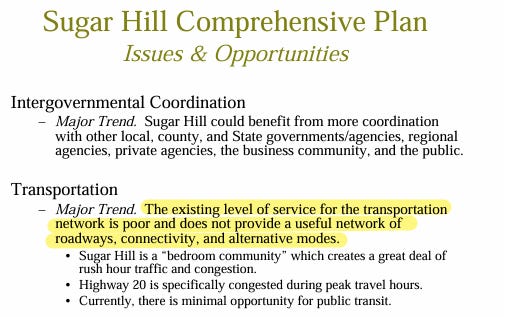


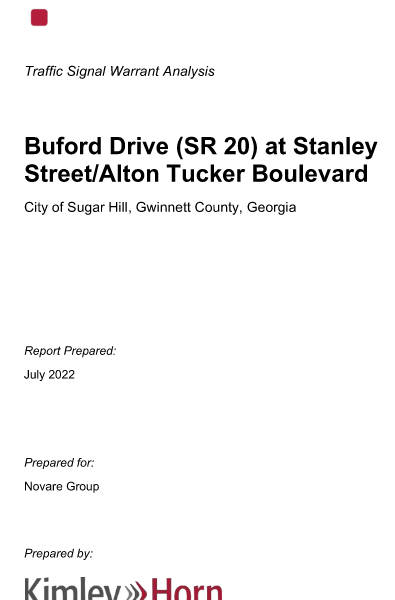
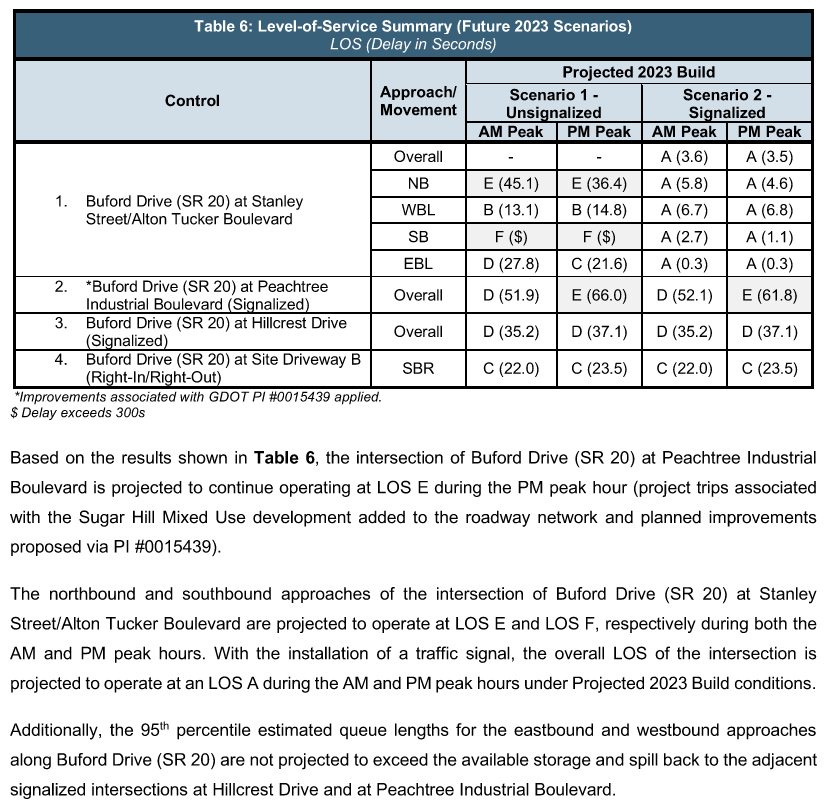

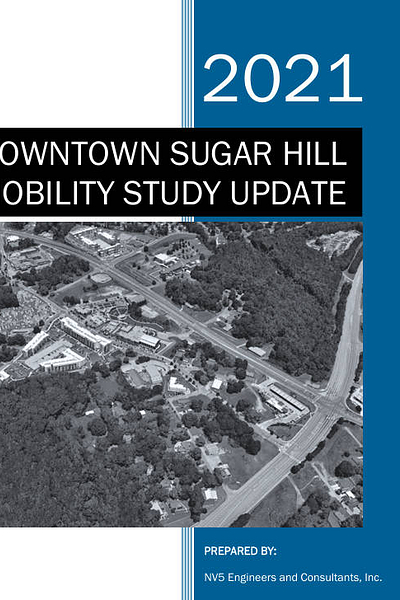
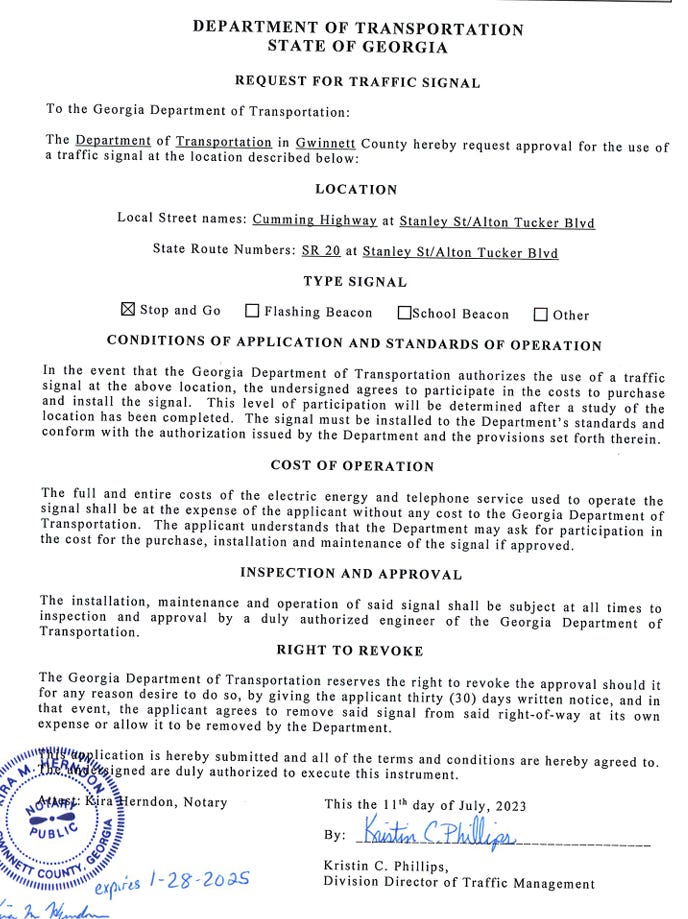
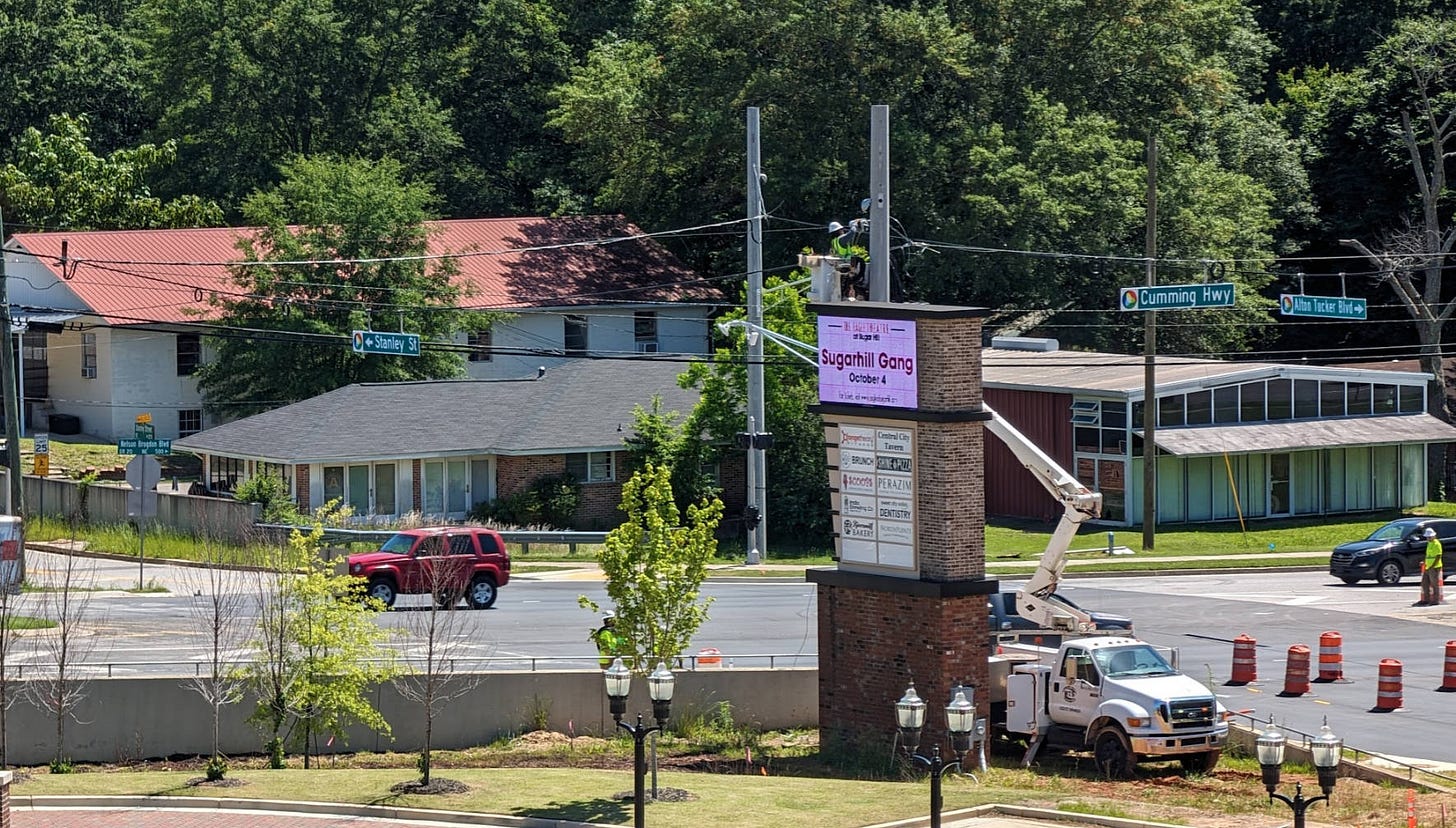
Excellent historical overview and supporting documentation for the new traffic light. Thank you, Taylor!